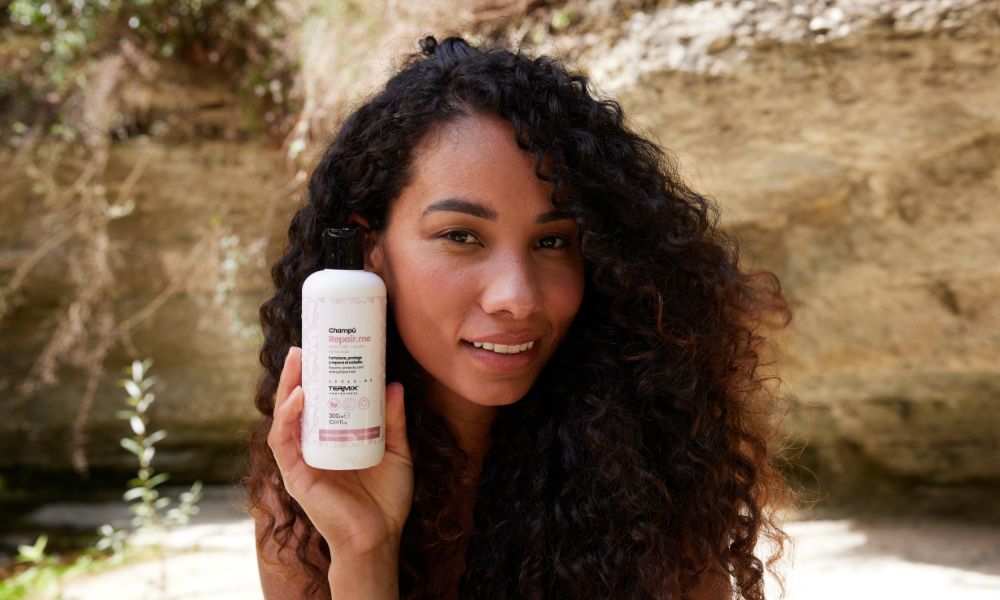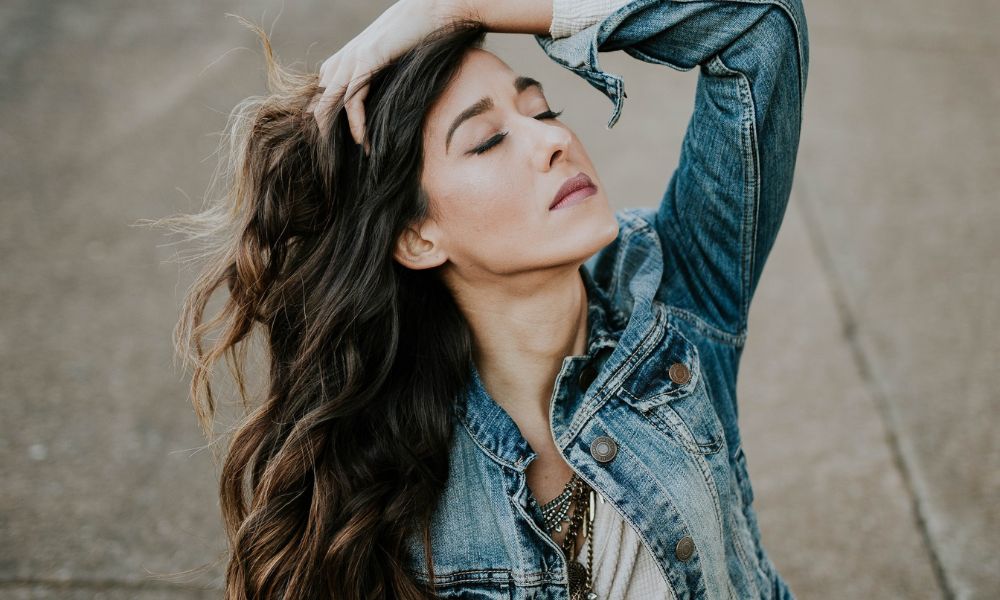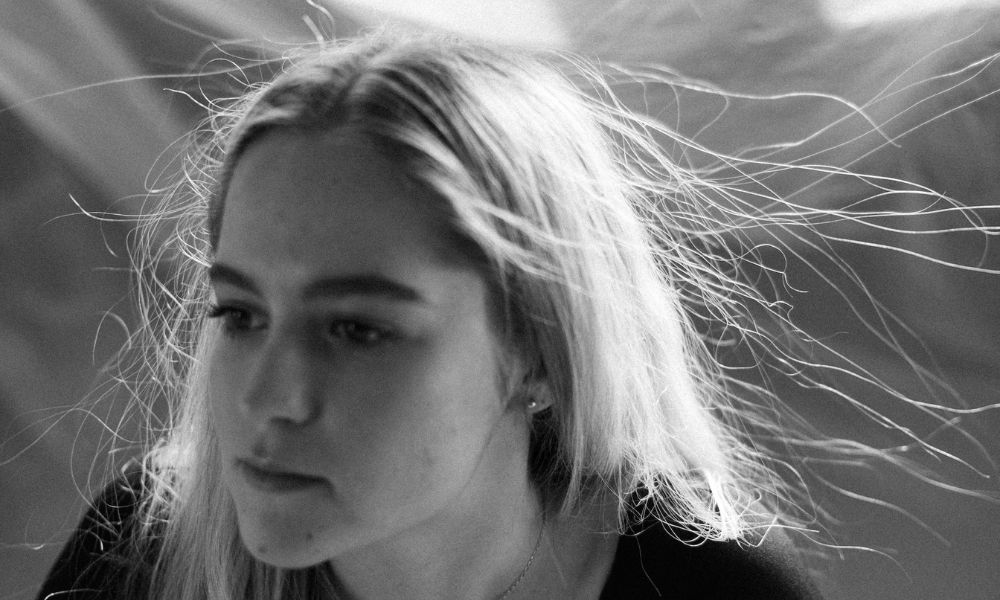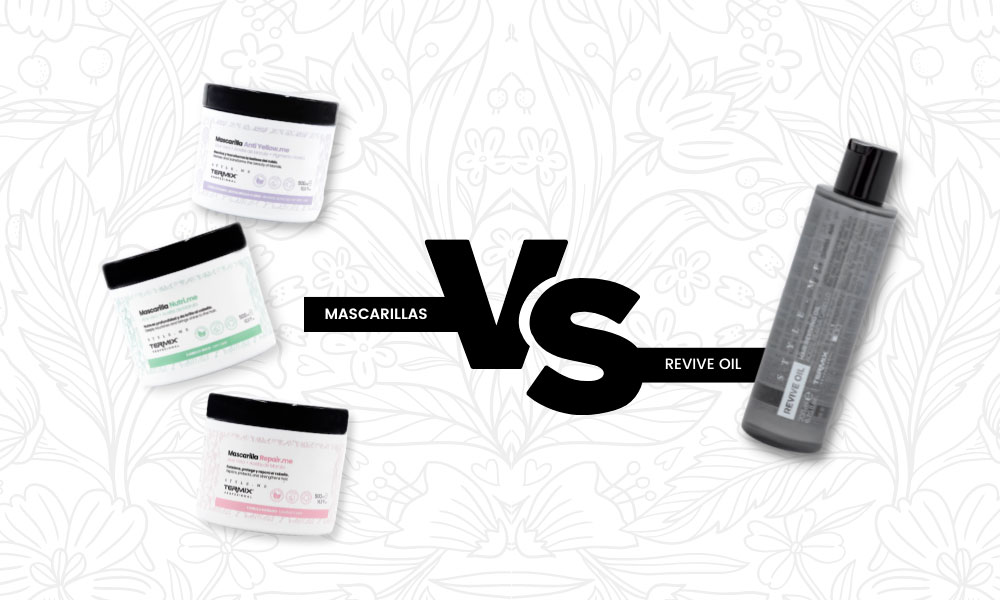Looks — 3 min read
Get the right haircut: men’s haircut dictionary
The world of haircuts and their technical names is a little bit complicated. Did you ever go to the hairdresser and after explaining the kind of haircut you wanted, you were left with the feeling that the hairstylist had not grasped anything at all? Thanks to this dictionary you will no longer have this problem and apart from knowing about each one of them, you will also be able to draw some inspiration from its pages for a brand-new change in look. It’s time to get the right haircut: men’s haircut dictionary.
BUZZ.
A simple and plain haircut, towards which most men lean as the first signs of baldness start to show up. It is usually practised by evenly going through the head by means of the number 1 brush found in the electric razor.

FADE.

This is not a haircut in itself. It is generally more about the effect of some haircuts on the sides of the head as is the undercut.
It has become very popular among men these days and consists in fading the sides as close as possible or even shearing all over with a clipper to a length of 4 of the razor. It is obtained by using all the combs and intermediate numbers so that only a perfect in progressively longer sizes look with no visible marked lines is gained. As practice and experience develop, the fade becomes more perfect.
MILITARY.

This is not a haircut in itself. It is generally more about the effect of some haircuts on the sides of the head as is the undercut.
It has become very popular among men these days and consists in fading the sides as close as possible or even shearing all over with a clipper to a length of 4 of the razor. It is obtained by using all the combs and intermediate numbers so that only a perfect in progressively longer sizes look with no visible marked lines is gained. As practice and experience develop, the fade becomes more perfect.
MOHICAN OR MOHAWK.
This haircut bears the name of an American tribe and relates to the hairstyle of the tribe as described in the book “The last Mohican”. It consisted in shaving both sides of the head leaving but a tuft at the centre of the head stretching from the forehead to the nape. Even though many people were loyal to the classical style, making variations to the former style became widespread. For example kepping only the upper part of the head long and brushing it toward the centre or toward the lower part of the crown, fading from long and fading in progressively shorter hair.

BRICHT FRENCH.
It is one of the most classical looks, usually parting the head to the side. The size number of the guards to the clippers is 2 ½ or 3 for the sides and the top slightly longer, almost as long as the sides.

DARK FRENCH.
A longer versión of the bright French. The technique is just the same but in this case we will use the size number 4 or 4 ½ of the guards to the clippers. The hair is cast to one side without part and the fringe is slightly longer than the rest of the upper head. The hair is then brushed backwards.
* The term bright or dark refers to the visual look of the haircut at the sides When using the shorter size numbers of the guards to the clippers, the skin of the head is more visible conveying a feeling of minor density and greater brightness as opposed to the larger numbers like number 4.

MULLET.
Its “natural” version is called Skullet. This is not a haircut in itself but the natural effect of the masculine baldness, removing the hair of the upper head and keeping the remaining hair long. The Mullet, a very trendy haircut in the 80’s is obtained by cutting the hair of upper part of the head to size number 4 or more while keeping the sides and lower part of the head longer.

POMPADOUR.
Its origin dates back to 1700 and its name derives from the last name of Madame Pompadour, who made the high fringe trendy among the european noble class. It was not worn by men until the 50’s, when Elvis Presley became the biggest icon for this hairstyle. Over the years it has been modified until the present moment when the sides are cut short while the hair of the upper head is shaped into a toupée.

UNDERCUT.
For this haircut the hair of the upper head is way longer than the sides which are shaven or with a fade effect. Despite being an extreme haircut it is one of the most versatile. It can be shaped into a toupé, a long fringe, a curly effect, a plait, etc depending on the length of the upper head.

UNDERCUT BUN.
In 2016 the hippie and bohemian lifestyles have become very fashionable. This gave birth to the following version of the undercut where the hair is tied back in a bun (at the crown).

MUSHROOM / BOWL CUT.
Popular in the 90’s and spread across Asia, this haircut comes back recycled. If the haircut characterised once medium-length hair cut all the way around in a single layer between the temples and the ears while shaving off the rest of the hair (nape and outlines), it is now equally fashioned in a circular motion but with a straight short fringe (on the front) and shaven sides. It should be worn straight so that the effect of the haircut is noted.

MEDIUM LENGHT HAIRSTYLE.
Among the most important things you should notice when cutting men’s hair are the natural texture of the hair, the length of the haircut, the fade and the fringe. In order not to get a women’s haircut it is essential to notice that the layers of the haircut should never reach the upper part of the lobe in their natural texture. That is why it’s always better to cut the long hair straight and regarding the layers, experiment with the texture and the thinning scissors. When it comes to medium-length hair it is advised to cut all the way around the front area.

TOP KNOT.
As is the case of the undercut bun this hairstyle consists in an unmade tuft of hair on the top of the head. This is not a haircut in itself but a way for men to tie their hair back. (specially worn in weddings and other special occasions). To make us look taller we can wear it fashioned at the crown or at the lower part of the crown if we just wish to tie our hair back.

LONG HAIR.
As happens with the medium-length hair we must pay attention to detail and in this case because it is long hair and we are working on a lot of hair the layers should go down to the shoulders and if the hair is a bit longer and goes down beyond the elbows it should be cut straight and faded at the front area if the customer asked for layers.





My husband has been talking about getting a new hairstyle since his hair has been the same for a few years now. I liked that you said that an undercut is a very versatile cut to try. I know that my husband is interested in something new and this could be something that he can switch up a few times and still get a new look so maybe he might like to try it out.
We are delighted that he is encouraged to try it!